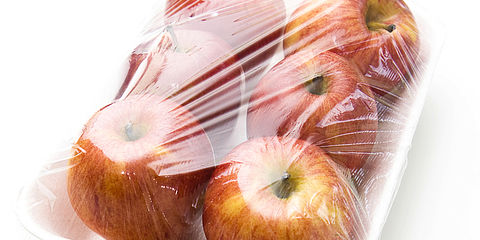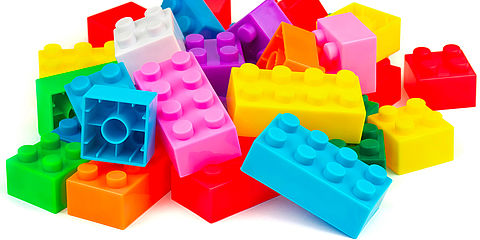Colour fastness and optical brighteners – new standards bring changes in test requirements for paper
The standards for testing the colour fastness of coloured papers (EN 646:2019-02) and optically brightened papers (EN 648:2019-02) were published on 1 February 2019 and became effective immediately.
In consequence, the previously valid standards DIN EN 646:2006-07 and DIN 648:2006-12 as well as the drafts DIN EN 646:2017-03 and DIN 648:2017-03 were withdrawn.
This is changing in laboratory analysis from now on:

- Instead of the previous test with saliva simulant using sodium carbonate solution, a defined alkaline salt solution with pH = 8.6 is now used.
- Distilled water, 3% acetic acid, alkali salt solution (pH = 8.6) and vegetable oil are used as simulants for the colour fastness test.
- There are also changes in the contact conditions. Whereas previously there was only the choice between long-term and short-term contact, four different processes are now available: long-term contact, medium-term contact, short-term contact and hot contact for each moist or fatty food. This means that the analysis of the colour fastness or the authenticity of the optical brighteners can now be conducted closer to the intended use of the paper.
- Evaluation of colour fastness according to EN 646:2019-02 is now only evaluated against the grey scale, an evaluation against a blind sample is no longer part of the new standard.
A new definition has been added for the glass fibre paper used in analysis. This has led to greater safety in analysis. Previously, the nature of the paper had not been precisely defined.
Our experts for consumer products test both the colour fastness of coloured papers according to the new requirements of EN 646:2019-02 and the fastness of optically brightened papers according to EN 648:2019-02.
What do the new standards mean for your products? We will be happy to advise you
- Claudia Urmetzer
- +49 2505 890
- verbraucherprodukte@wessling.de



